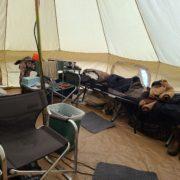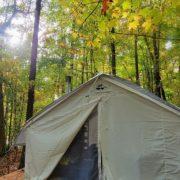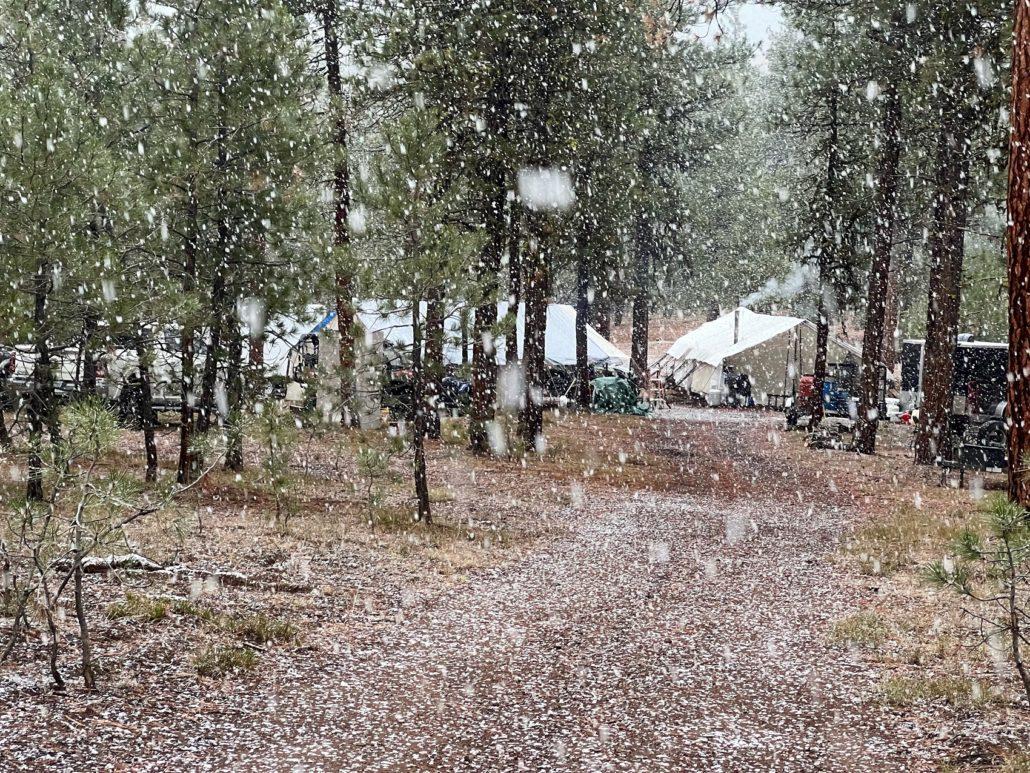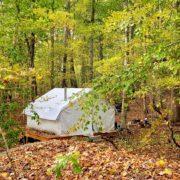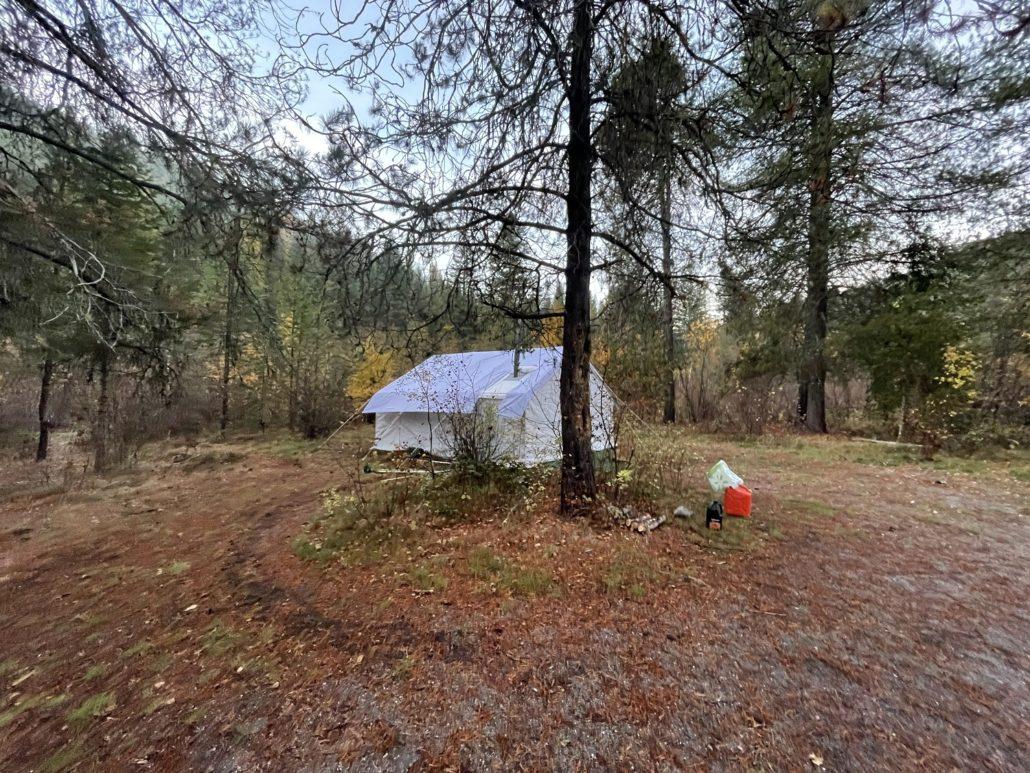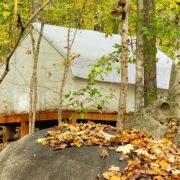Safely Using a Wood Burning Stove in Your Tent: A Guide
Camping can be a great way to get away from it all and enjoy the great outdoors, but cold temperatures can put a damper on even the best camping trip. One solution to this problem is to use a wood burning stove in your tent. However, using a stove in a tent can be dangerous if not done correctly. This article will provide tips and guidelines for safely using a wood burning stove in your tent.
Choosing the Right Stove for Your Tent
When it comes to choosing a stove for your tent, there are several factors to consider. One of the most important factors is the size of your tent. You want to make sure that the stove you choose is the right size for your canvas tent wood stove. If the stove is too small, it will not provide enough heat to keep you warm, and if it is too large, it could cause overheating and create a fire hazard.
Another important factor to consider is the type of stove you want to use. There are several different types of stoves available, including traditional cast iron stoves and lightweight titanium stoves. Cast iron stoves are more durable and provide more heat, but they are also heavier and more difficult to transport. Lightweight titanium stoves, on the other hand, are easier to transport but may not provide as much heat.
One company that offers a variety of wood burning stoves for tents is Elk Mountain Tents. They offer several different sizes and styles of stoves to meet the needs of any camper.
Setting Up the Stove
Once you have chosen the right stove for your tent, it is important to set it up correctly. The first step is to make sure that your tent is properly ventilated. This will help to prevent carbon monoxide buildup and ensure that there is enough oxygen in the tent for you to breathe.
Next, you will need to set up the stove itself. Make sure that the stove is level and stable before lighting it. It is also important to use a heat-resistant mat or pad underneath the stove to protect the tent floor from heat damage.
Finally, you will need to set up a chimney to vent the smoke from the stove. The chimney should be at least 8 feet tall and should be secured to the stove and tent to prevent it from tipping over.
Using the Stove Safely
Now that your stove is set up, it is important to use it safely. Here are some tips to keep in mind:
- Always use dry, seasoned wood on the stove. Wet wood can create more smoke and increase the risk of a chimney fire.
- Do not overload the stove with wood. This can cause overheating and increase the risk of a fire.
- Keep a fire extinguisher and a carbon monoxide detector in the tent at all times.
- Never leave the stove unattended.
- Keep flammable materials away from the stove, including clothing and bedding.
- Keep children and pets away from the stove.
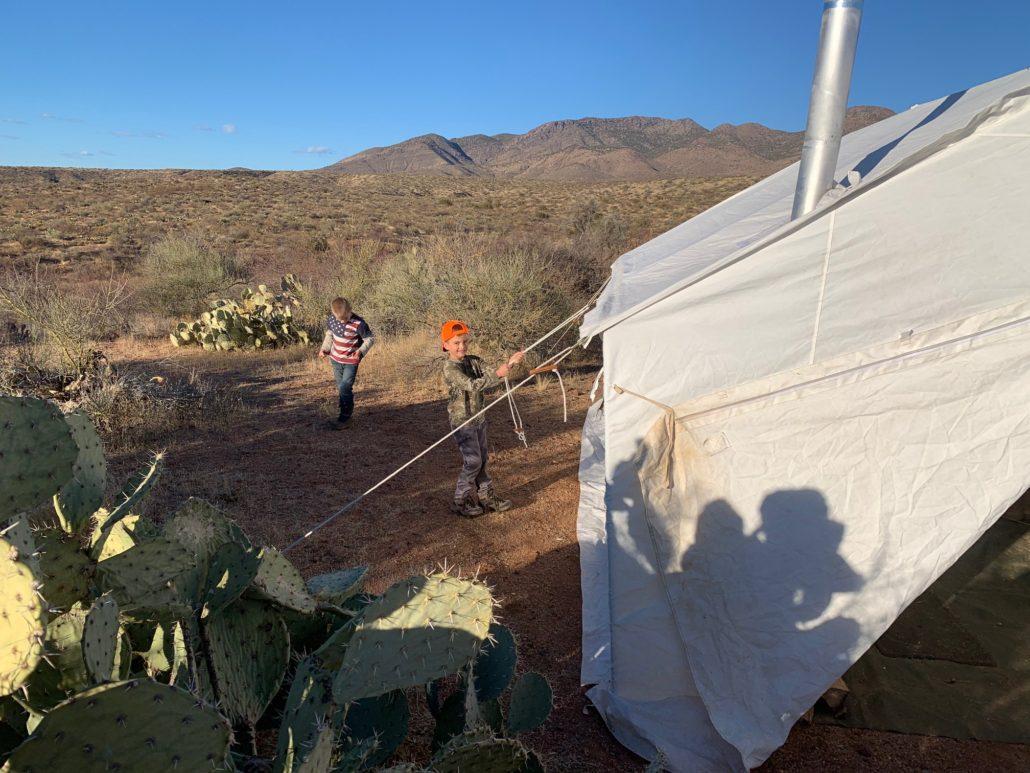
Frequently Asked Questions
Q: Is it safe to use a wood burning stove in a tent?
A: Yes, it is safe to use a wood burning stove in a tent if done correctly. Make sure to choose the right size stove for your tent, properly ventilate the tent, set up the stove correctly, and use it safely.
Q: What kind of wood should I use in my tent stove?
A: You should use dry, seasoned wood in your tent stove. Wet wood can create more smoke and increase the risk of a chimney fire.
Q: How do I set up a chimney for my tent stove?
A: To set up a chimney for your tent stove, you will need to attach the chimney to the stove and tent and ensure that it is at least 8 feet tall. This will help to vent the smoke from the stove and prevent carbon monoxide buildup in the tent.
Q: Do I need to use a heat-resistant mat or pad underneath my tent stove?
A: Yes, it is important to use a heat-resistant mat or pad underneath your tent stove to protect the tent floor from heat damage.
Q: Can I leave my tent stove unattended?
A: No, you should never leave your tent stove unattended. It is important to keep an eye on the stove at all times to ensure that it is functioning properly and to prevent any accidents from occurring.
Conclusion
Using a wood burning stove in your tent can be a great way to stay warm and cozy during cold weather camping trips. However, it is important to choose the right stove for your tent, set it up correctly, and use it safely to prevent any accidents from occurring. By following the tips and guidelines provided in this article, you can safely enjoy the warmth and comfort of a wood burning stove in your tent.

